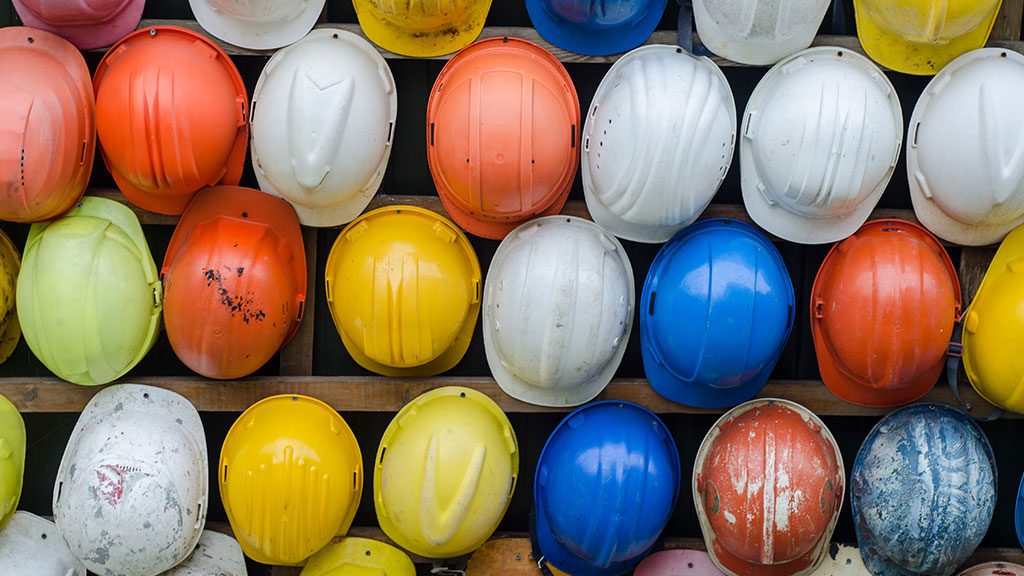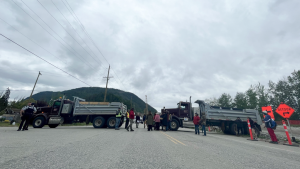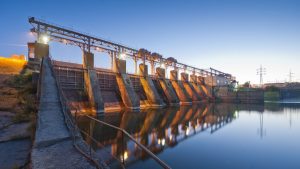What are the chances of British Columbia getting slammed by a major earthquake sometime in the next 50 years?
According to two experts in seismic activity in B.C., the chances are pretty good.
“Your chances of getting cancer sometime in the next 50 years are less than the risk of an earthquake occurring in the same period,” says Graham Taylor, principal of TBG Seismic Consultants Ltd. in Sidney, B.C.
Andy Mill, director of the buildings group at David Nairne + Associates Ltd. in North Vancouver, says the chances of a major earthquake, one that causes significant damage and disruption, hitting B.C. between now and 2068 are “approximately two per cent to 10 per cent.”
Anyone who wants to find out what a major earthquake could do to the province’s building stock can hear what Taylor and Mill have to say on the subject during a session entitled Post-Earthquake BC: How Do We Stand Up?
The presentation takes place Feb. 14 at Vancouver Buildex 2018, which runs to Feb. 15 at the Vancouver Convention Centre West.
Taylor, Mill, Ron Bowles, associate dean of the Centre for Applied Research at the Justice Institute of B.C., and Peter Mitchell, director of professional practice, standards and development, Engineers and Geoscientists B.C., will address a variety of earth-shaking questions during their presentation.
They include: How will B.C.’s building stock react to a major earthquake?
How will the government and construction community respond to make sure those buildings are safe? And how can we build resilience?
According to the presenters, the session will explore the potential impact of an earthquake on B.C.’s buildings, including the longer-term effect on the existing housing stock.
They will discuss how much damage and financial loss could be caused by an earthquake and the steps that can be taken now to increase building resilience and improve seismic performance.
The presentation will move on to a summary of lessons-learned from a recent research trip to New Zealand to investigate the response to the 2010/11 Christchurch earthquake.
Finally, there will be a survey of post-earthquake building assessment projects that are under way in B.C.
Mill says each presenter will examine a different aspect of earthquakes.
“I’ll look at earthquakes on the micro, detailed level,” says Mill.
The western one-third of B.C. is the province’s earthquake danger zone, he says.
“The west coast of the province, especially Vancouver Island and Haida Gwaii (Queen Charlotte Islands), will feel it more than the Interior,” Mill says.
When it hits, the seismic event will most likely be a subduction earthquake, in which one tectonic plate grinds underneath a bordering one.
Nothing that has been built in B.C. in the last 150 years has been tested yet by a major earthquake, Mill adds.
But on the positive side, “we’re much better prepared than we were 10 years ago.”
An example of that preparedness is the BC Ministry of Education’s Seismic Mitigation Program.
More than 300 schools were identified for seismic upgrades and of that number about one-half have been completed.
Mill says the program is “completely unique.”
“Practicing engineers, university researchers and government, assisted by external peer reviewers, worked together to solve the problem quickly and cost-effectively,” he says.
Taylor will discuss the Prioritized Post-earthquake Response (PPR), which was developed recently by the Engineers and Geoscientists British Columbia (EGBC).
PPR is an online tool for pre-seismic event public education and post-event response optimization.
Its purpose is to assess the earthquake damage of all buildings in a community with the first versions focusing on low-rise buildings.
Each building in a community is assessed in order to calculate the building performance characteristics that determine earthquake damage.
This seismic performance data is entered into a PPR database for the community.
Ground motion sensors are installed in a high-density pattern in the community to measure the peak ground motion in each area of uniform soil type.
“We need to know what we can and should do after the shake,” says Taylor.
“The potential for fear and confusion afterward is high, but if every homeowner knows the potential damage in advance, then they’ll know if the damage to their home is acceptable or not.
“It will allow everyone to know if it’s dangerous to stay inside their home after an earthquake.”
Taylor says a pilot project covering thousands of homes in two B.C. coastal communities has been completed and the findings accepted by an EGBC peer review group.
“The peer review group is anxious to see the PPR implemented,” Taylor says.











Recent Comments
comments for this post are closed